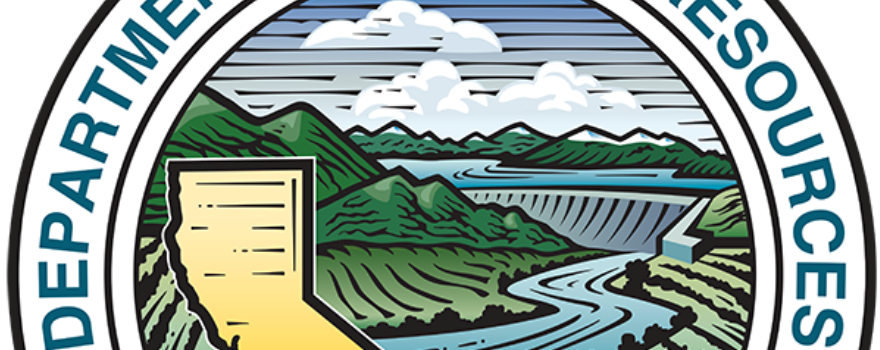From the Department of Water Resources:
The Department of Water Resources (DWR) today announced a statewide increase in State Water Project allocations for 2019. The majority of SWP contractors now stand to receive 15 percent of their requests for the 2019 calendar year, up from the initial 10 percent announced in December. Allocations are based on conservative assumptions and may change depending on rain and snow received this winter.
“The adjustment in allocations is the result of increased precipitation in December and January, which is good news,” said DWR Director Karla Nemeth. “However, we must continue to account for climate change and the variability of California’s weather and balance the need for flood capacity during the winter while maintaining reserves in anticipation of future dry periods.”
Thanks to the recent winter storms, most of the state’s major reservoirs are at or above their historical averages for this time of year, as is the state’s snowpack. Lake Oroville, the SWP’s largest reservoir, has been managed conservatively to provide additional flood capacity to ensure public safety while the spillways have been under construction.
Currently, Lake Oroville is at 38 percent of capacity and 59 percent of average for this time of year. Shasta Lake, the Central Valley Project’s (CVP) largest reservoir, is at 62 percent of capacity and 94 percent of average. San Luis Reservoir, the largest off-stream reservoir in the United States where water is stored for the SWP and CVP, is at 83 percent of capacity and 109 percent of average. Several CVP reservoirs serving the San Joaquin Valley are near or above 100 percent of their averages for this time of year. In Southern California, SWP’s Castaic Lake is 94 percent of average.
Next week, on January 31, DWR will conduct the season’s second snow survey at Phillips Station, part of the comprehensive assessment of California’s Sierra Nevada snowpack. On average, the snowpack supplies about 30 percent of California’s water needs as it melts in the spring and early summer. The greater the snowpack water content, the greater the likelihood California’s reservoirs will receive ample runoff as the snowpack melts to meet the state’s water demand in the summer and fall. Allocations often change as hydrologic and water supply conditions change.
DWR’s California Data Exchange Center website shows current water conditions at the state’s largest reservoirs and weather stations and measures current rain and snow precipitation.
——————————————–
Sign up for daily email service and you’ll always be one of the first to know!
- Sign up for daily emails and get all the Notebook’s aggregated and original water news content delivered to your email box by 9AM. Breaking news alerts like this one, too. Sign me up!
 Maven’s Notebook
Maven’s Notebook
constantly watching over the world of California water


